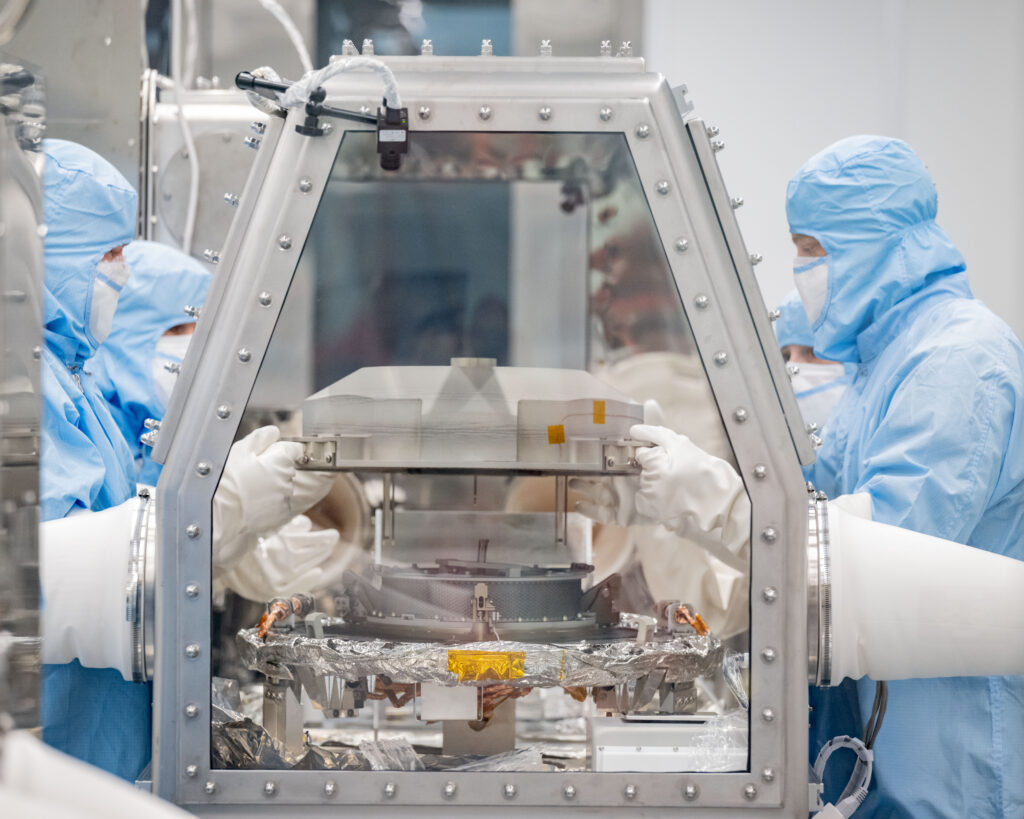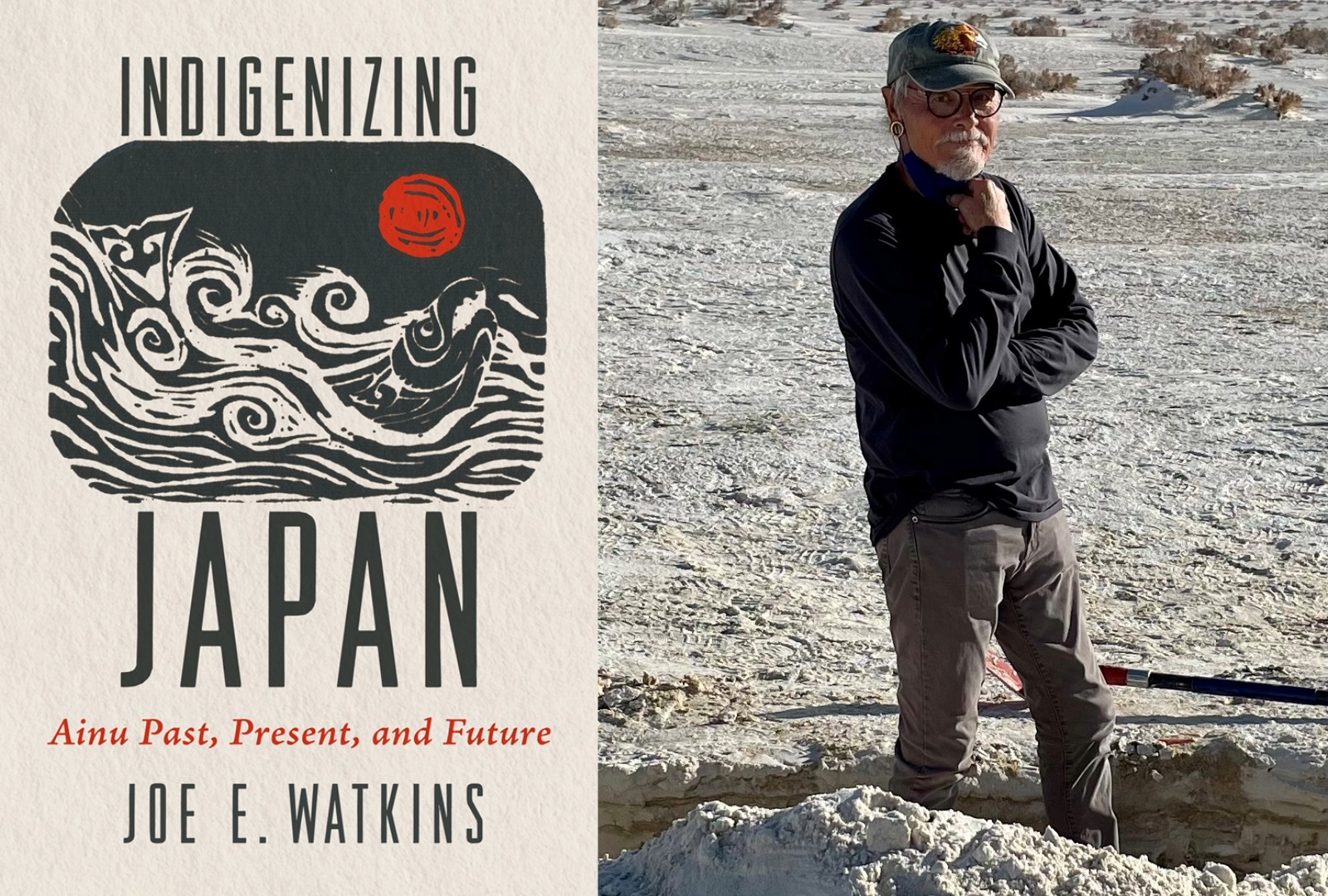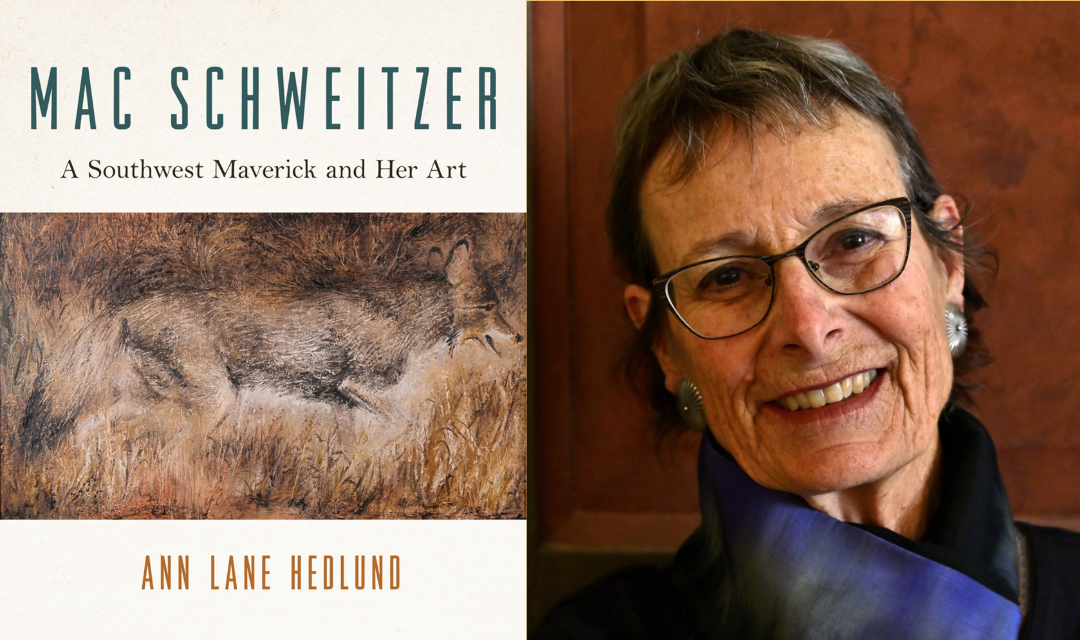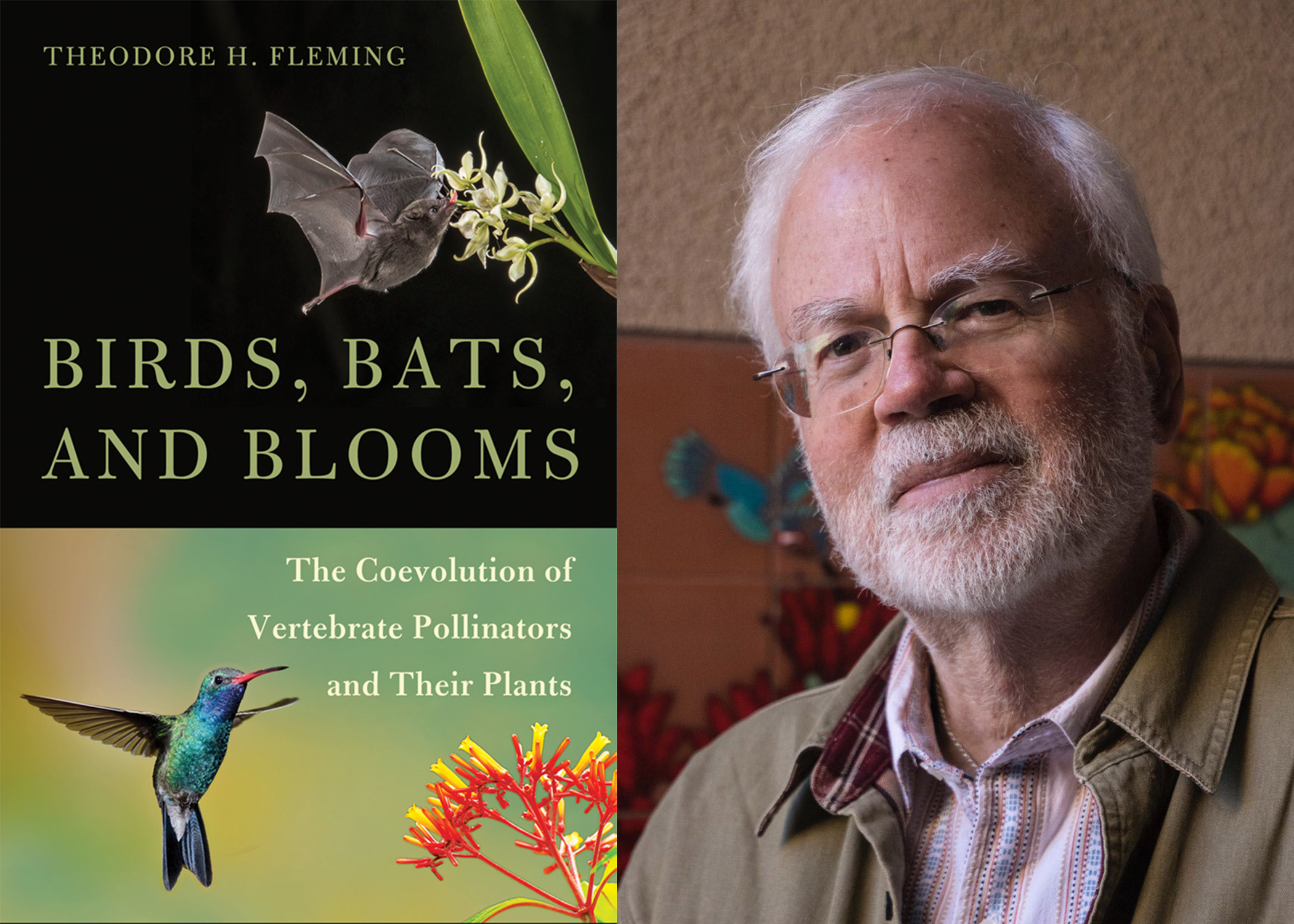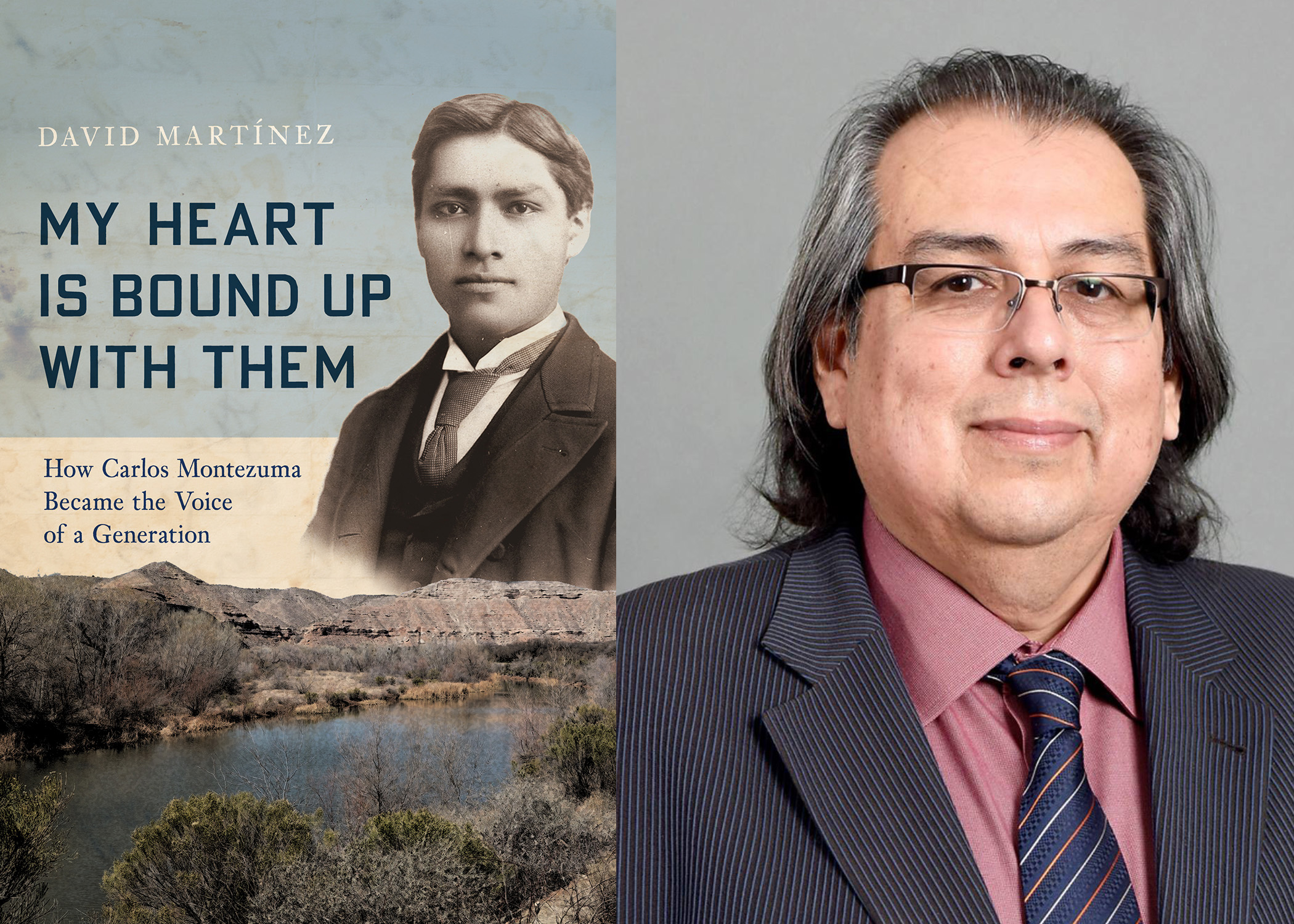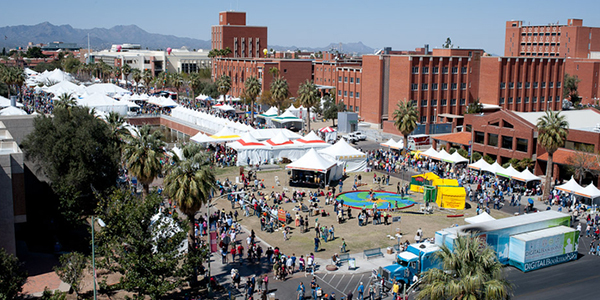Date: Wednesday, October 11, 2023
Time: 11 a.m., EDT
Where: NASA TV online
The sample from asteroid Bennu landed safely in the Utah desert on September 24. The delivery, seven years after the spacecraft launched, marks the end of the space-voyaging phase of the mission. Scientists will now study the rocks and dust to better understand the origins of life on Earth. Learn about the OSRIS-REx space flight, sample collection, and see stereoscopic photos from asteroid Bennu in the book: Bennu 3-D: Anatomy of an Asteroid.
The sample team will open the interior canister at Johnson Space Center in Houston, and talk about their findings on NASA TV online on October 11. Johnson houses the world’s largest collection of astromaterials, and curation experts there will perform the intricate disassembly of the Touch and Go Sample Acquisition Mechanism (TAGSAM) to get down to the bulk sample within. These operations are happening in a new laboratory designed specifically for the OSIRIS-REx mission. (Photo: Lockheed Martin Recovery Specialists Levi Hanish and Michael Kaye remove the lid of the sample return canister. Credit: NASA/Robert Markowiz)
About the book:
Bennu 3-D: Anatomy of an Asteroid is the result of a unique collaboration between Dante Lauretta and Brian May’s London Stereoscopic Company. Lauretta’s colleagues include Carina Bennett, Kenneth Coles, and Cat Wolner, as well as Brian May and Claudia Manzoni, who became part of the ultimately successful effort to find a safe landing site for sampling. The book details the data collected by the mission so far, and the stereo images have been meticulously created by Manzoni and May from original images collected by the OSIRIS-REx cameras.
Bennu, named for the ancient Egyptian phoenix, was the chosen destination of OSIRIS-REx, NASA’s premier mission of asteroid exploration, launched in 2016. Study of the asteroid is important in safeguarding the future of planet Earth, but Bennu is also a time capsule from the dawn of our Solar System, holding secrets over four-and-a-half billion years old about the origin of life and Earth as a habitable planet.
 The University of Arizona Press
The University of Arizona Press

